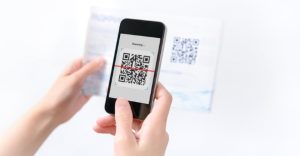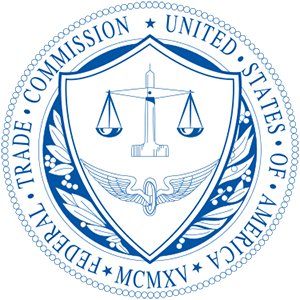QR Codes: A Cautionary Tale from the FTC
Understanding QR Codes
Quick Response (QR) codes, first designed in 1994 for the automotive industry in Japan, have become a ubiquitous part of our digital lives. These two-dimensional barcodes can store a wealth of information, from website URLs to contact details, and can be scanned using a smartphone camera. The convenience and versatility of QR codes have led to their widespread adoption in various industries.
The Rise of QR Codes in Digital Marketing
With the advent of smartphones, QR codes have found a new lease of life in digital marketing. Marketers use them to bridge the gap between physical and digital realms, providing a seamless user experience. Whether it’s accessing a restaurant menu, making a quick payment, or linking to a promotional video, QR codes make it possible with just a quick scan. This has led to innovative marketing strategies and increased customer engagement.
The FTC’s Cautionary Tale
The Federal Trade Commission (FTC), the U.S. consumer protection agency, recently issued a cautionary tale about the use of QR codes. The agency warned that while QR codes can be a convenient tool, they are not without risks. The anonymous nature of QR codes means that users often don’t know where a scan will lead them until they’ve already done it. This has opened up new avenues for fraud and scams.
Risks Associated with QR Codes
The primary risk associated with QR codes is that they can be easily manipulated. Cybercriminals can create malicious QR codes that, when scanned, can lead to phishing websites or download harmful software onto your device. This can result in identity theft, unauthorized access to personal data, or damage to your device. The FTC warns consumers to be cautious and consider the source before scanning a QR code.
Safe Use of QR Codes
To safely use QR codes, always verify the source before scanning. Be wary of QR codes received via email or text from unknown senders. Use a QR scanner that checks the safety of the website before opening it. Additionally, keep your mobile operating system and apps updated to ensure you have the latest security patches.

The Future of QR Codes
Despite the risks, the future of QR codes looks promising. With advancements in technology and increased awareness about their safe use, QR codes are set to play a significant role in the digital world. Businesses are finding new and creative ways to use QR codes, and consumers are becoming more savvy about their use. However, as with any technology, it’s important to balance convenience with caution.
Table: Summary of Key Points
| Heading | Key Points |
|---|---|
| Understanding QR Codes | QR codes store information and can be scanned using a smartphone. |
| The Rise of QR Codes in Digital Marketing | QR codes bridge the gap between physical and digital realms. |
| The FTC’s Cautionary Tale | The FTC warns of risks associated with QR codes. |
| Risks Associated with QR Codes | QR codes can be manipulated to lead to phishing websites or download harmful software. |
| Safe Use of QR Codes | Verify the source before scanning a QR code. |
| The Future of QR Codes | Despite risks, QR codes have a promising future with advancements in technology and increased safety awareness. |




